
Contractors
50 Most Common Home Renovation Questions (Answered by Experts)
10.28.2025
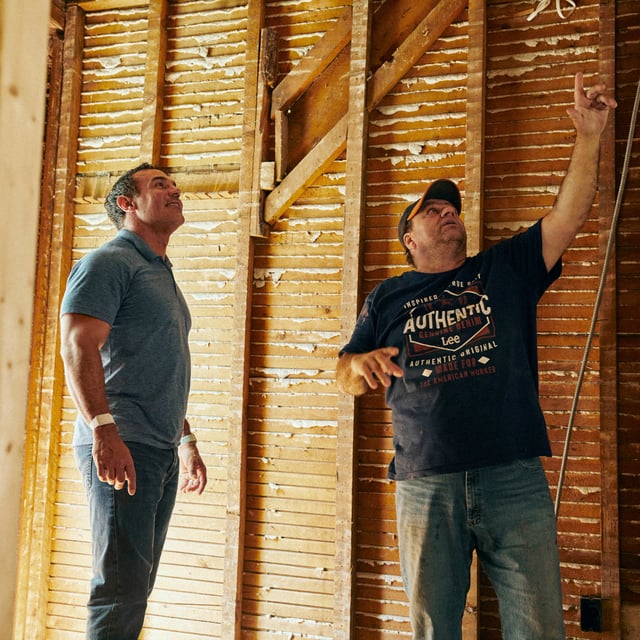
In This Article
Whether you're planning a minor kitchen update or a major home addition, choosing the right time of year to renovate can significantly affect your experience—and your results. While it’s possible to renovate in any season, certain times of the year offer distinct advantages in terms of cost savings, scheduling flexibility, weather conditions, and project efficiency.
Understanding seasonal patterns, contractor availability, material costs, and even your personal calendar can make the difference between a smooth renovation and a stressful one. This comprehensive guide will break down the pros and cons of renovating in each season, outline which types of renovations are best suited for each time of year, and offer tips to help you plan your project effectively.
Design a Home That’s Uniquely Yours
Block can help you achieve your renovation goals and bring your dream remodel to life with price assurance and expert support.
Get Started
Spring is widely considered one of the best times to start a home renovation. The weather begins to warm, but it hasn’t yet reached the peak heat of summer. This provides an optimal environment for both indoor and outdoor projects. Contractors are getting back into full swing after the slower winter months, and homeowners are often motivated to finish renovations before summer entertaining begins.
Another benefit of spring is that humidity levels are generally moderate, which is ideal for tasks like painting, installing flooring, and working with adhesives. Materials are less likely to warp or dry too quickly, and ventilation is easier to manage in mild temperatures.
However, spring does have its drawbacks. As demand rises, contractor schedules begin to fill up fast—especially in April and May. Prices for labor and materials can start to creep up due to this increased demand. In addition, spring is known for its unpredictable weather, including heavy rain in some regions, which can delay outdoor work such as roofing, landscaping, or foundation repair.
Spring is a great time to focus on kitchens and bathrooms if you want them ready by summer. It’s also a strategic window for landscaping, building decks or patios, replacing your roof, or performing maintenance like gutter replacement and exterior painting.

Summer Renovations: Maximum Productivity, Peak Demand
Summer offers long days and consistent weather, which makes it an ideal time for contractors to take on larger or more complex projects. Extended daylight hours allow for longer workdays, helping crews move through their tasks more quickly. This is especially beneficial for projects with tight deadlines or those that require multiple trades working in sequence.
Additionally, many families go on vacation during the summer, making it an opportune time to tackle disruptive interior projects like full kitchen remodels or floor replacements without being inconvenienced by the noise, dust, or displacement.
Exterior projects are also a strong fit for summer. With dry conditions and reliable warmth, it's an ideal time to build additions, install new windows or siding, or undertake major backyard transformations.
Despite these advantages, summer is also the busiest—and often the most expensive—time for renovations. Contractors may be booked out months in advance, leaving little room for flexibility. High demand can inflate pricing for both labor and materials.
Moreover, extremely high temperatures, particularly in southern or desert climates, can pose health risks to workers and affect the performance of materials like paint, adhesives, and concrete. There’s also the potential for delays due to extreme weather events such as wildfires or heatwaves.
Summer is ideal for large-scale renovations, home additions, roof replacements, and all outdoor projects. If you're planning to be away for a few weeks, it's also an excellent time to renovate your kitchen, bathroom, or even your entire first floor.
Renovate with confidence every step of the way
Step 1: Personalize Your Renovation Plan
Step 2: Receive Quotes from Trusted Contractors
Step 3: Let Us Handle the Project Details

As the rush of summer subsides, fall emerges as a quieter, more strategic time to schedule renovations. Contractors often have more availability, and you may even benefit from discounted pricing as they seek to fill their calendars before the year ends.
The weather is generally mild in many parts of the country, which means outdoor work can still be done comfortably. In fact, fall is one of the best seasons for projects that improve your home's energy efficiency—like replacing windows, sealing gaps, updating insulation, or upgrading your HVAC system—since it allows you to prepare your home before winter weather hits.
Interior renovations also thrive in the fall, thanks to the balanced temperatures and post-summer lull in construction demand.
Fall does present certain time-sensitive challenges. Projects need to be completed before colder temperatures or early snowfalls arrive. This is especially true in northern states or mountainous regions, where the renovation window can close abruptly by late October or early November.
Another consideration is the holiday season. If you start a project in late fall, be mindful that it could overlap with Thanksgiving, Hanukkah, or Christmas. That may not be ideal if you're hosting guests or want your home to feel settled and serene during the festive season.
Fall is a great time for window and door replacements, roofing updates, and HVAC improvements. It’s also a strategic season for indoor work such as kitchen and bathroom remodeling, provided the scope is manageable enough to complete before the holidays.
While winter might not be the obvious choice for home renovation, it can offer unique advantages—particularly if your project is focused indoors. Because most homeowners put off renovations during the colder months, contractors tend to have more availability and may offer competitive pricing to fill their schedules.
Permit offices are generally less busy in winter as well, meaning approvals may come faster. If you can tolerate a bit of disruption during the winter months, you may get high-quality work done at a discount.
Indoor renovations like bathroom remodels, flooring upgrades, basement finishing, or even full kitchen overhauls can be performed efficiently during winter—especially if the work area can be well-heated and insulated from the cold.
The main disadvantage of winter renovations is the difficulty of working outdoors. Freezing temperatures, snow, and ice can prevent any progress on exterior projects like roofing, landscaping, or siding replacement.
Another challenge is the holiday season, which often makes homeowners reluctant to start a renovation due to family gatherings or year-end travel. Contractors also may be harder to coordinate if their crews take time off for the holidays.
Additionally, cold weather can affect the performance of certain materials. For example, paint may not cure properly in unheated environments, and adhesives may become brittle if not handled correctly.
Winter is best suited for indoor-focused projects that don’t require exposure to outdoor elements. This includes full or partial bathroom renovations, kitchen cabinet installation, basement remodeling, tiling and flooring, interior painting, and upgrading lighting or electrical systems.
Compare Proposals with Ease

Weather plays a huge role in renovation success, and local climates can make some seasons more favorable than others. For example, in California or the Pacific Northwest, winter may be a fine time for renovations thanks to mild temperatures. In contrast, homeowners in the Midwest or Northeast may face significant weather-related barriers in late fall and winter.
No matter the season, contractor schedules fill up fast. If you want to renovate in the summer or spring, you may need to book months in advance. Off-season projects in fall or winter often offer more flexibility, but high-quality contractors still get booked quickly.
Global supply chain issues have impacted building materials across the board. The earlier you plan, the more time you'll have to order materials and avoid costly delays.
Local building departments often work on reduced schedules around the holidays. Submitting plans in winter or early spring can help avoid delays, especially if your project requires inspections at multiple stages.
Consider how a renovation will affect your daily life. If you have young children, work from home, or frequently host guests, the noise and disruption might be more manageable at certain times of year. Some homeowners prefer to schedule projects around their vacations to avoid living in a construction zone.
Ultimately, the best time of year to renovate depends on a combination of factors—your climate, the type of project, your budget, and your personal schedule. Each season brings its own set of benefits and challenges:
If you're planning a renovation, start early. Give yourself time to research contractors, apply for permits, order materials, and refine your design. With careful planning and seasonal awareness, you can make your home renovation a smooth and successful experience—no matter what time of year you choose to begin.

Written by Block Renovation
What is the cheapest season to renovate a home?
How does climate affect renovation timing?
Can renovations be done during the holidays?
How do I find a reliable contractor in the off-season?
What precautions should I take if renovating during rainy or snowy weather?
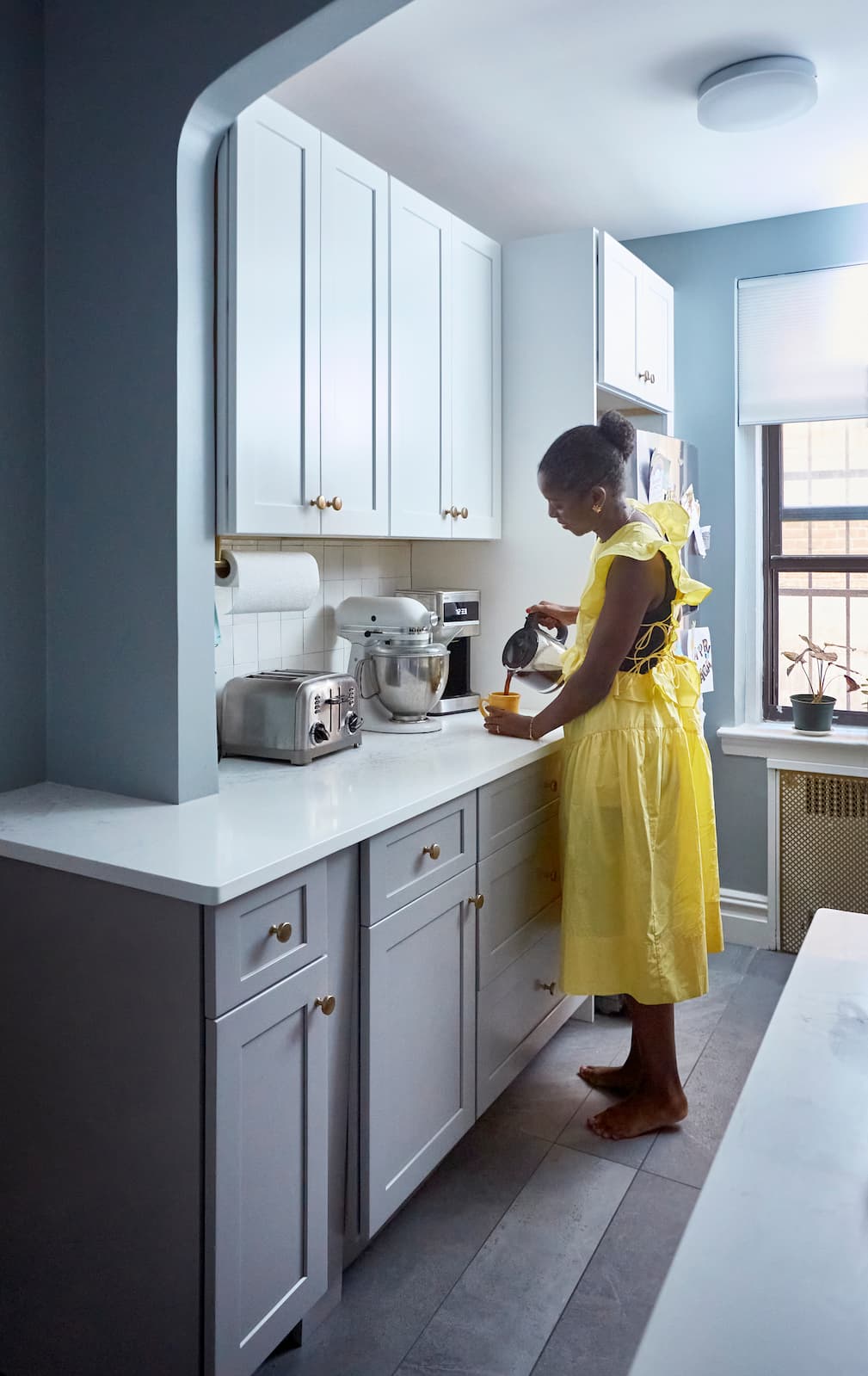
Renovate confidently with Block
Easily compare quotes from top quality contractors, and get peace of mind with warranty & price protections.
Thousands of homeowners have renovated with Block

4.5 Stars (100+)

4.7 Stars (100+)

4.5 Stars (75+)

Contractors
50 Most Common Home Renovation Questions (Answered by Experts)
10.28.2025
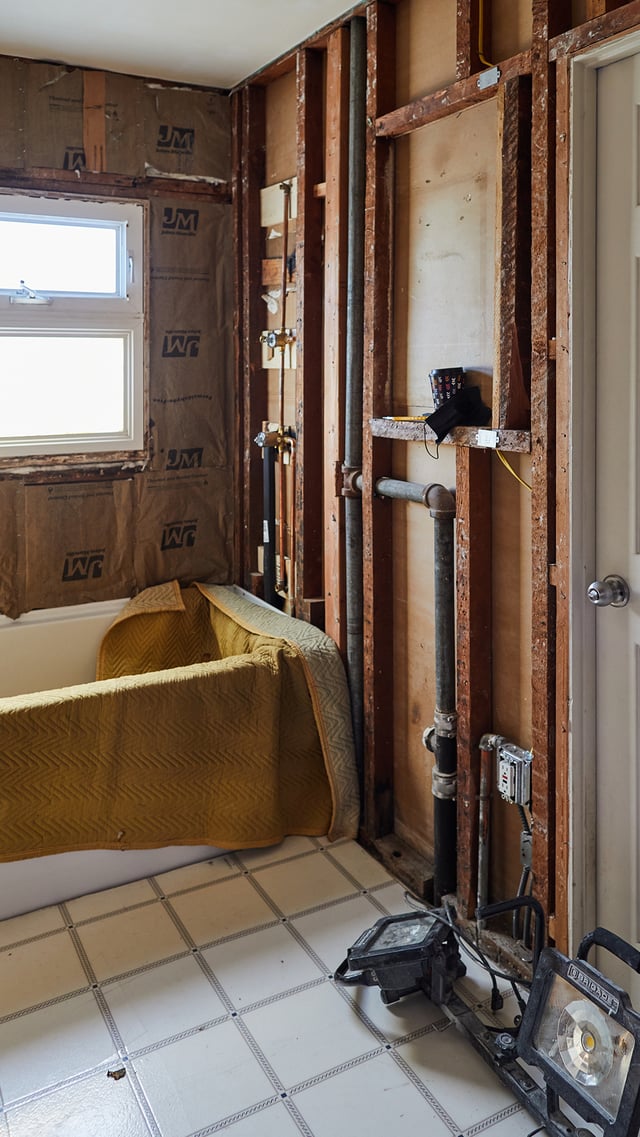
Process
Gutting a Bathroom: What It Entails, Costs & Timeline
07.15.2025

Timelines
What's the Best Time of the Year to Renovate?
05.15.2025
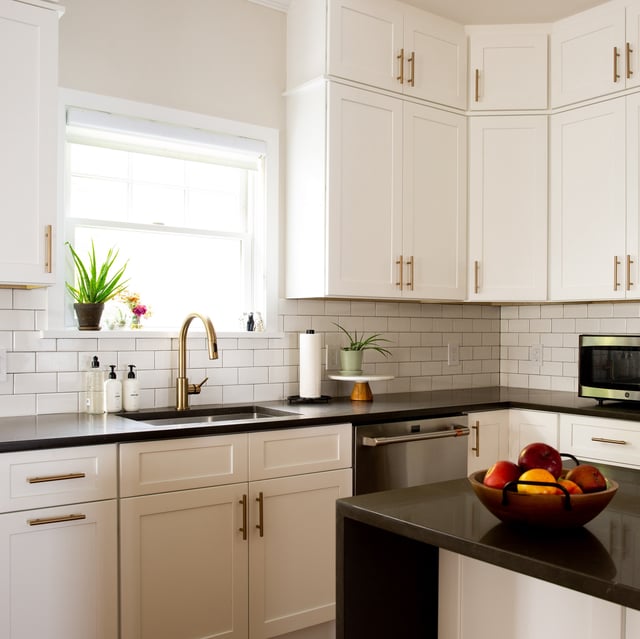
Kitchen
How Long Does a Kitchen Remodel Take?
04.01.2025
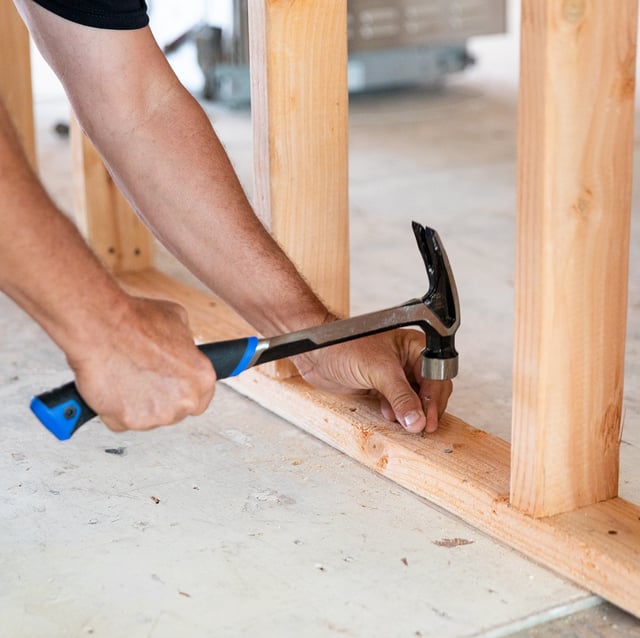
Timelines
What are the Phases and Timelines of a Home Renovation?
09.10.2024
Renovate confidently